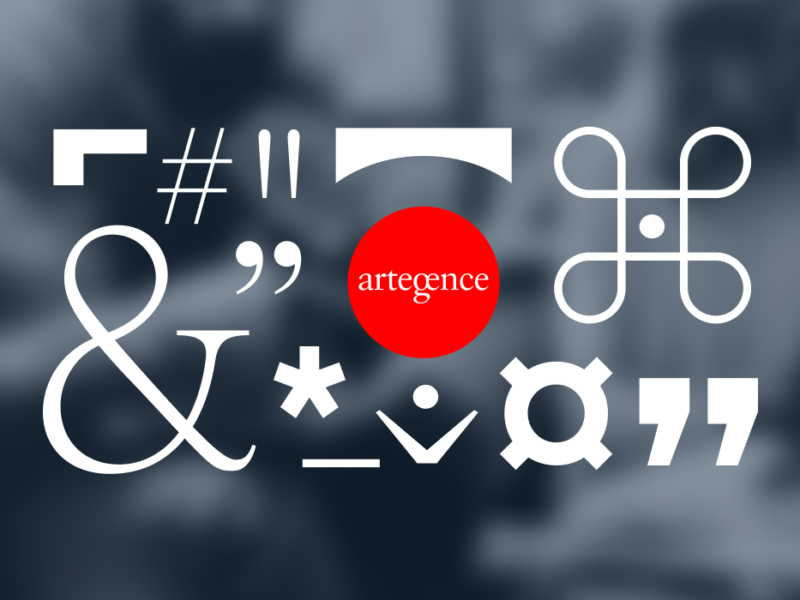Daria Romanowska, Strategy planner
For those older among us, “I’m going to play the game,” “But he crashed’ or ‘I’m hardcore’ are undeniable Internet classics.
For the younger ones, it will most likely be the tiktoks created by Khaby Lame’s crackdown on “lifehacks” and the “Beautiful and Long Advertisement” of we all know what. Virals – for they are referred to – are videos that, simply by virtue of their brilliance (or total lack thereof), spread around the Web faster than fresh buns in a neighborhood store. How many times have you sent a funny video to a friend or gotten a meme from them? That’s how viral works, and if you add your brand to it, you’ve created viral marketing, an almost free reach that many marketers would give themselves a cut for.
Marketing
Viral marketing – what it is and what it’s good for
Viral marketing (buzz marketing/whisper marketing) is nothing more than an activity to inspire Internet users to spread and share content created by a brand with other users. Such activities will lead to the sailing of coverage and its multiple growth with simultaneous low expenditures on the media budget. That’s not all. For marketing to be considered “viral,” its content should reach the general public, not just a predetermined target group.

Viral marketing – examples that should not be taken as examples
As for the strategy of releasing brand videos, there are two types: visible and hidden. In the first case, the user is aware from the first moment that he or she is viewing advertising content, while in the next case, the brand’s involvement is only revealed later. The use of the latter may prove risky. None of us wants to feel cheated in any dimension of life, much less Internet users, and certainly not when a brand is behind such actions.

You may remember the Reserved brand campaign, which involved not only the beautiful foreigner Dee Dee looking for a boyfriend from Poland, but basically the whole of Poland. The appeal for help in finding Wojtek, or potential love, and the request to share the video were disjointed enough to touch the hearts of many – as it later turned out – naive Internet users. And while the coverage was probably more than impressive, sentiment toward the brand itself remained negative.
In marketing, does the principle “it doesn’t matter how they talk, it matters that they talk” work? Try to answer this question yourself. And while a brand as big as Reserved has dealt with the crisis, a similar thing happened to a personal brand like Lukasz Jakóbiak, who once ran the popular YouTube channel “20m2 Lukasz.” Criticism heaped on him by visualizing an interview with American journalist and TV presenter Ellen DeGeneres caused him to disappear from the Internet for a long time. What’s more – his channel never again returned to the popularity it had before the turmoil. As I write this, I also wonder what has become a bigger viral – the #LucasonEllen hashtag created by the creator or the information itself that it was all one big hoax. Oops.
Viral marketing – what success is all about
Now that we’ve discussed the actions that backfired dubiously, let’s move on to the truly brilliant ones. Such that have permanently entered the zone of “marketing POP” and those whose phrases have become part of everyday language. Because if it weren’t for the Milka ad, would the text “And the marmot sits and wraps them in those silverware” happen to be heard in public spaces? Doubtful. So let’s check out what else is reaching us not just through brand advertising efforts, but organic submissions further down the road.

Let’s start with the biggest classics and productions that year after year we wait longingly for around December. And while they always strike a sensitive chord and do their best to squeeze even the smallest tear out of us, one thing they can’t be faulted for – they spread across the Internet at lightning speed. We are, of course, talking about Allegro’s Christmas Ads, which (hopefully) have become a permanent part of the advertising calendar of events. Anyway, the numbers speak for themselves. One of the best hits, “English for beginners,” has garnered nearly 20 million views.
As it turns out, slip-ups can have viral potential, and it only depends on the distance of the brand and the reflexes of the agency working with it whether this potential is realized. This was the case with mBank, which sent out push messages to all users of its banking app as part of a test. There would be nothing surprising about this if it were not for the content contained in the messages. The error was quickly caught by Internet users, and a rash of posts about it appeared online. What does mBank have to say about it? He changed his profile picture to include one of the messages that read “ąê¶¿¿”. Funny, with distance and a sense of humor. On point.
What is viral marketing and its success?
How do you sense the fine line between potential for viral and potential for scandal? This question cannot be answered in one sentence. Instead, there are components that can bring success closer. We know for sure that the main reason Internet users send content to themselves is emotion. They are the ones we want to share. Whether arousing joy, sadness or even fear – the important thing is that they give food for thought and are a field for developing discussions among close or distant Internet friends and strangers. It is also worth ensuring that our activities are surprising and unique. So that our communications cannot be overlooked and are our differentiator in the market. In short: I don’t expect viral from things expected.
Summary
The type of marketing described above is a really tough piece of bread. Heavy, but not so heavy as to be unmanageable. Although viral can sometimes be a double-edged sword, in the hands of an experienced agency, it can trim a tailored viral campaign. Because we learn fastest from our mistakes. At Artegence, we say it’s better not to learn from those of our own.








